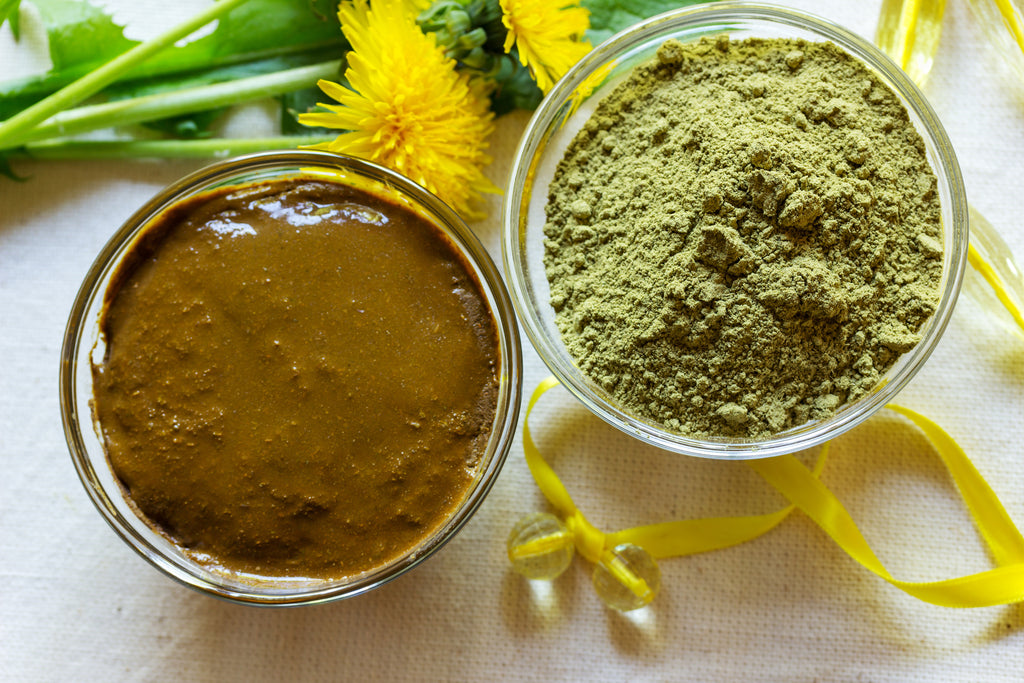If you have ever colored an egg, stained furniture or made a tie-dyed t-shirt, you have experienced the amazing transformation color can produce . Much of shopping for hair coloring these days is already done for you. You look at a manufacturer’s swatch sample and find the closest match to your desired hair color, and bingo! Your transformation is complete. Or you have a super talented hair dresser whose ability to mix hair color is wizardry. You enter the salon looking one way and leave transformed after a few hours. Henna experts explain that henna is a stain as opposed to a dye. What’s the difference? Well, commercial hair bleaches and dyes consist of oxidizing agents such as potassium and ammonium persulphates, or hydrogen peroxide, ammonia as an alkalizing agent, and a color that deposits once the bleaching agent has removed the natural hair color. Before any permanent commercial color can penetrate the hair shaft, the cuticle, or outer layer, must be opened by the peroxide and ammonia so that color chemicals can get in to the natural pigment molecules. Henna, on the other hand, coats the hair shaft and deepens in color the longer (4+ hours) you leave on your hair just as a stain would normally react. It is important to know however there are many warnings not to use henna on hair that has been previously chemically processed, as this can cause severe damage. Likewise applying hair dye with on hair which has been dyed with henna will not produce the color results you expect.


